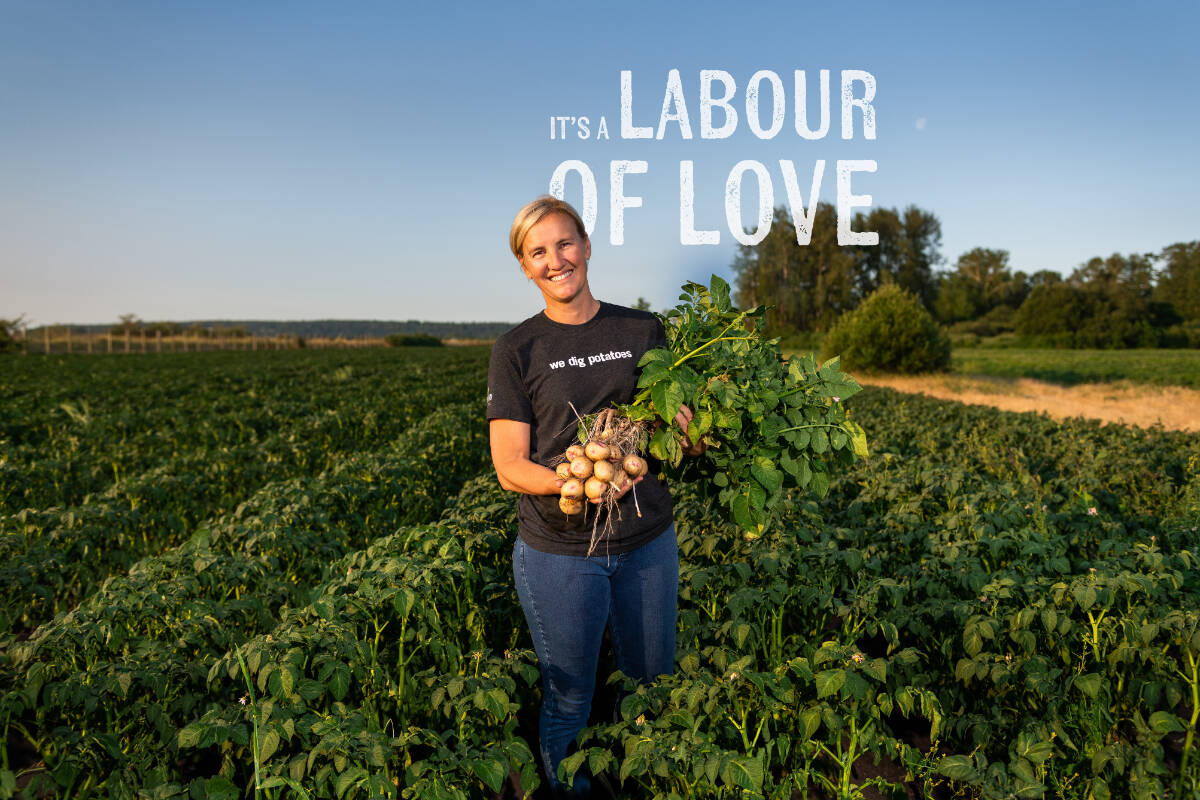Make every bite count: 5 ways to reduce food waste

The CRD shares tips to help prevent food waste and show our support for our dedicated farmers and producers.
We’ve all been there – committing to eating more greens, only to watch them wilt in the fridge, or sending the kids with a fruit- and veggie-filled lunch … and having them return with it virtually untouched.
For many, those ingredients were a labour of love from local farmers – food that took a lot of time, commitment and resources to produce.
Did you know, for example, that your morning apple took six to eight months to mature on a tree whose year-round care includes watering, fertilizing, pruning, monitoring and more? Or that our comfort food staple and Canada’s largest vegetable crop, the humble potato, has complex growing, harvesting and storage needs?
Here in Greater Victoria, the Capital Regional District’s 2022 Solid Waste Stream Composition Study found that avoidable food waste – think wilted lettuce, sprouted potatoes and other leftovers – accounted for 63 per cent of all organics sent to the landfill.
Over the course of a year, it adds up to a lot of wasted food. It also accounts for a hefty chunk of the household budget – more than $1,300 per year for the average Canadian household!
So, how can we stop throwing good food in the garbage – and show our support for our dedicated farmers and producers? The CRD offers a few good places to start:
- Start with a plan. Love Food Hate Waste Canada notes that successful meal planning doesn’t require hours spent with a cookbook. “Start with your go-to meals. Repeat them every week or two. Then, if you’re up for it, toss in something new every once in a while.” Need a few new ideas for those fridge and pantry staples? Check out these handy tips for storing, saving and cooking with some of your favourite ingredients!
- Go fresh first. Use perishables earlier in the week – some fruits and vegetables stay fresh longer than others, so can be left for later in the week, along with frozen ingredients. Leftover local squash or kale from Monday’s harvest salad? Throw them in a hearty soup or stew for Wednesday’s lunch.
- Store properly. Choosing the right storage methods will help your ingredients last longer, keeping them fresh for your next recipe and out of the compost. While a breathable bag in the low-humidity fridge drawer is the best place to store your Saanich Peninsula-grown apples, for example, bananas do best on the countertop or in the pantry.
- Engage the kids. Start by feeding kids the same food that you eat, offering smaller portions to minimize waste – there’s always time for seconds! Visit a local farm to see “agriculture in action,” and enjoy a family U-pick outing to pick some of their lunchbox faves.
- Home for the holidays. Many of us celebrate the holidays with festive treats and delicious meals – but not all this food gets eaten. Save food (and money) this holiday season by using up all your groceries, from planning to serving to using up leftovers.
For more ways to combat food waste in your kitchen, visit crd.bc.ca
